Description
Pireus – Torch Relay Greek Route
Athens 2004 Olympic Games Pin
The Olympic Flame past from Greek City, Piraeus.
The 2004 Summer Olympics Torch Relay took the Olympic Flame across every habitable continent, returning to Athens, Greece. Every citywhich had hosted the Summer Olympics was revisited by the torch, as well as several other cities chosen for their international importance.
The relay was the first time the Olympic flame had travelled to Africa, India and South America. The flame was transported from country to country aboard a specially-equipped Boeing 747 leased from Atlanta Icelandic (Registration TF-ARO) called Zeus. On board the flame was carried and burned continuously in specially modified miners lamps.
Piraeus is a port city in the region of Attica, Greece. Piraeus is located within the Athens urban area and lies along the east coast of the Saronic Gulf.
Municipal Theatre: the jewel of Piraeus is open again
It is a theatre with a long history and of great beauty. Leading Greek directors, actors, musicians, lyric artists, quite a few well-known foreign opera, drama and dance troupes, music and choral ensembles have all performed in it. It is a landmark in Piraeus city and the busiest part of the town, as it is located downtown on Korai Square, between the Piraeus Port and picturesque Pasalimani. Ten years ago the theatre closed in order to be renovated. Today the premises are completely refurbished and the theatre is open again for the public, adding touches of glamour and shine to the city life of Piraeus as well as of Athens. This makes it one of the leading cultural venues in the country.
The Piraeus Municipal Theatre was built in the 1890’s, following the neoclassical architectural style, by Ioannis Lazarimos, a Piraeus architect and professor of the National Technical University. It was inaugurated in April 1895. Its shape follows closely the classicist style and bears heavy influences from the German school represented in Greece by Ernst Ziller. The building’s shape is rectangular, its dimensions are 34 X 45 m. and the overall area is 6,000 m2. The main entrance is a portico with four Corinthian Columns and a pediment. On the top of the building there is a terraced roof with a pediment on its facade.
Inside, there is a horse-shoe shaped italian type hall comprising the auditorium, boxes and balconies with an overall seating capacity of 1,300. A huge chandelier still exists which lit the entire hall since the theatre’s early days. The theatre stage has remained practically intact and is considered as one of the very few remaining examples of baroque art throughout Europe. Its dimensions are 20 X 14 m., there is a proscenium and an orchestra pit. Outside the hall, there is two-storey foyer where charity balls, parties and visual art exhibitions used to take place in older days.
The Piraeus Municipality and Panagiotis (Takis) Tzamargias, the theatre’s art director, have announced a particularly interesting and varied programme until the spring of 2014 (included) which involves theatrical performances, concerts and visual art events. The Piraeus Municipal Theatre will be coordinating a number of actions and events related to visual arts, music and discourse, which will take place in the city: in the Archaeological Museum of Piraeus, on the docks of the Piraeus Port Authority (OLP) and the Railway Station.
The pin depicts the Torchbearer passing from a monument of Pireus city
Product: Olympic Pin
Pin code: #04-162-069
Tiraz: <1.000pcs
Official Licensed Product
Licensed Manufacturer: Efsimon Collection
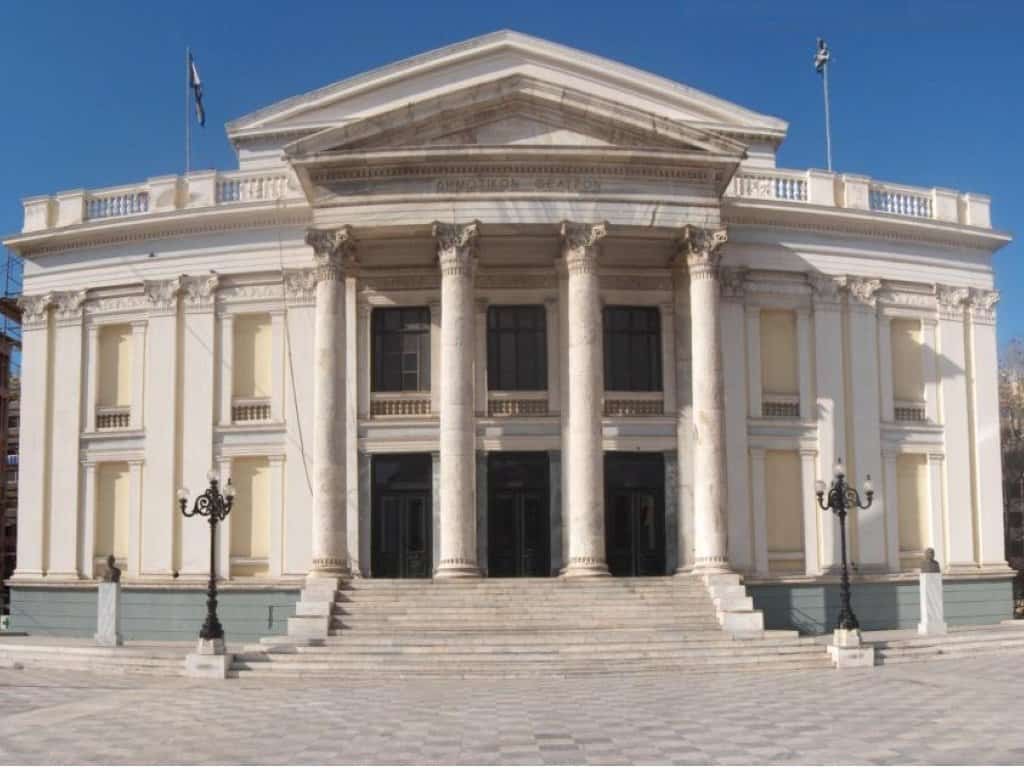
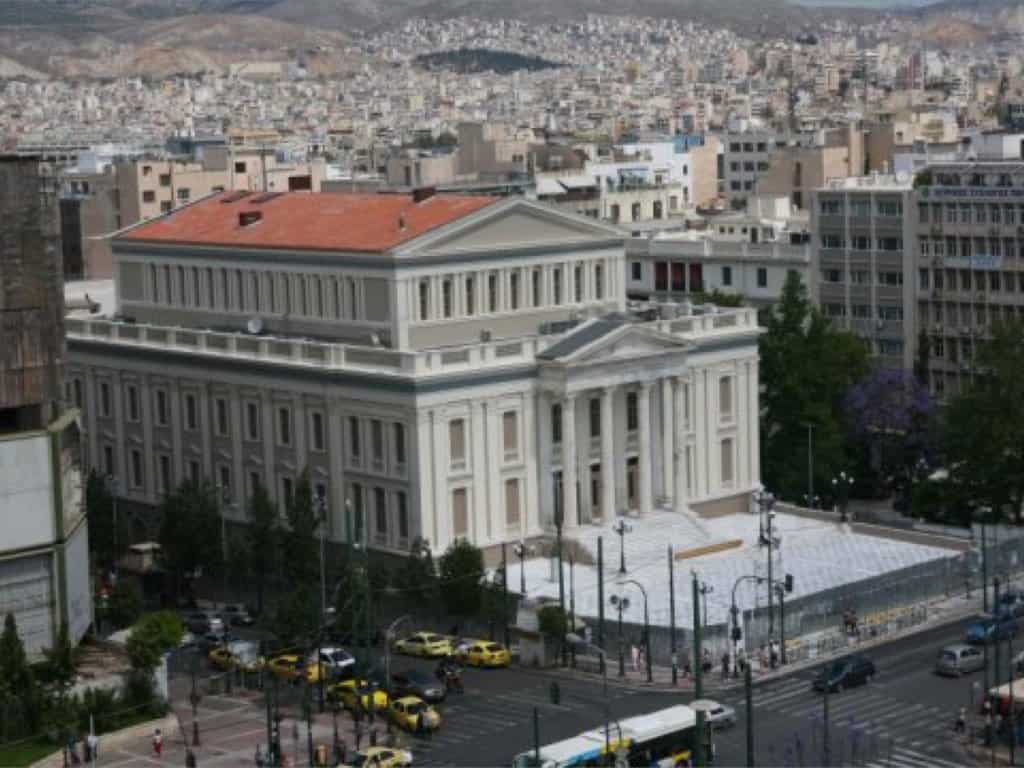
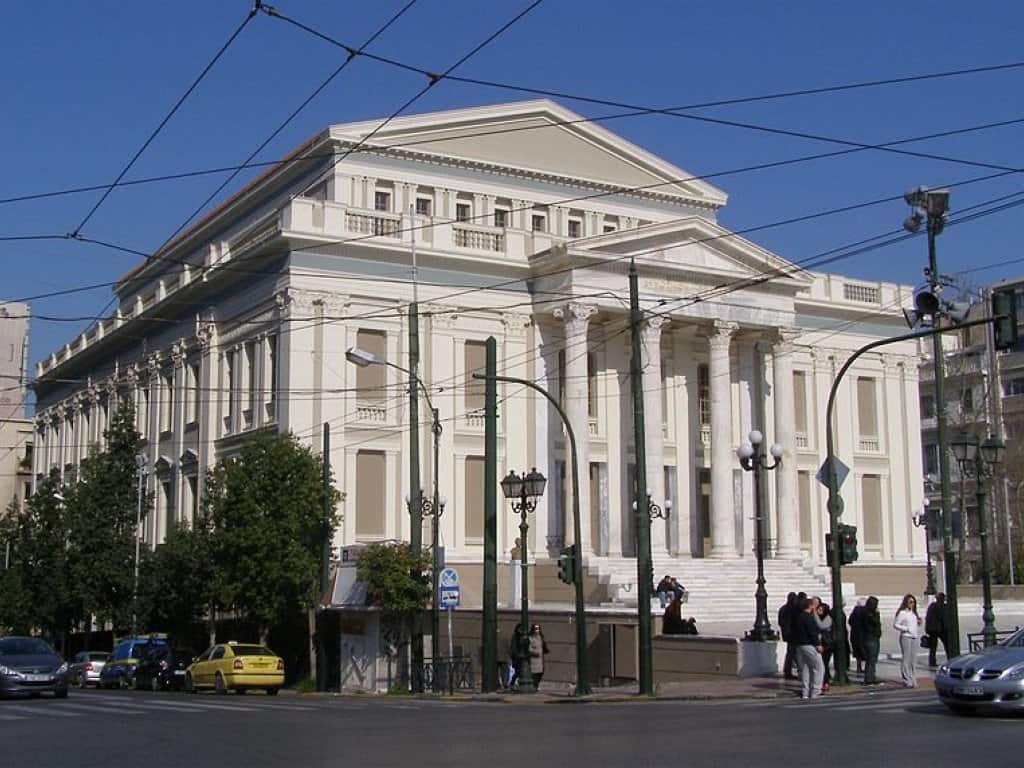
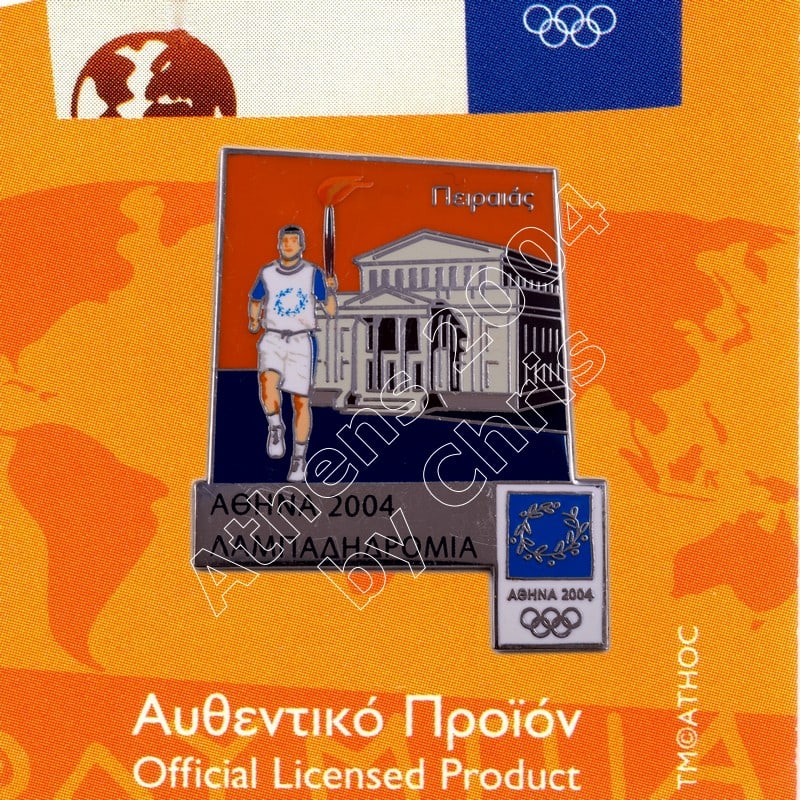
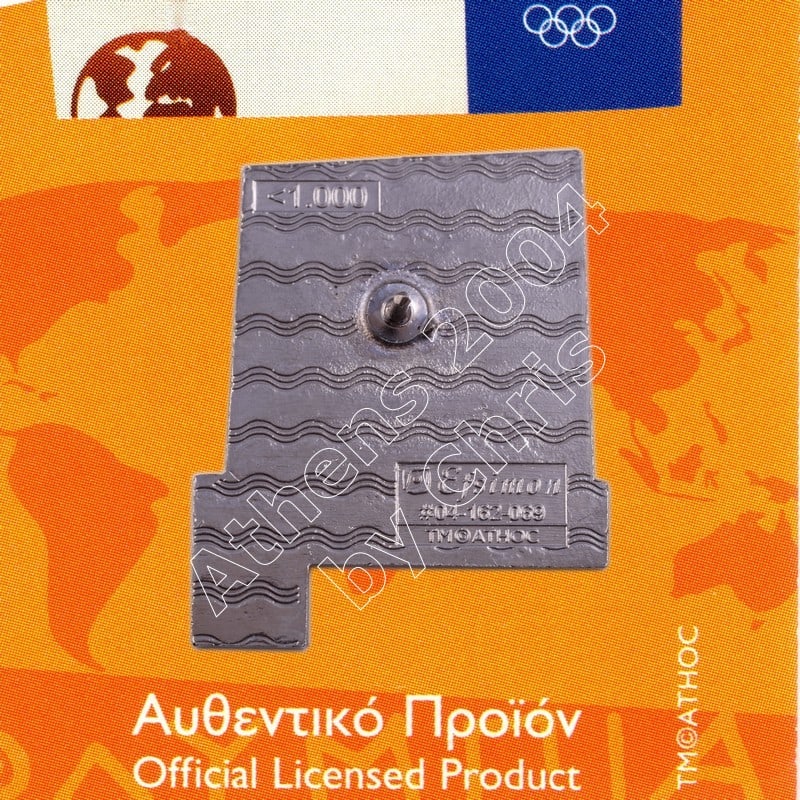



Reviews
There are no reviews yet.